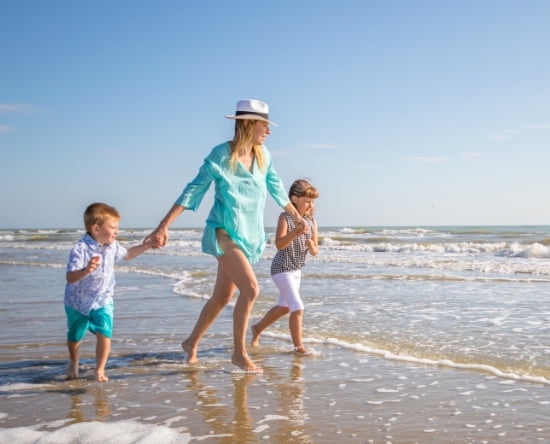
Sun all year round
The Costa Blanca has a mild Mediterranean climate, which in the Torrevieja area still combines with the healthy microclimate of the salt lakes. The city of Torrevieja itself is therefore located between the Mediterranean Sea and two large wild Salt Lakes (Las Salinas). There are about 300 sunny days throughout the year and rain rarely occurs! All of these factors contribute to the fact that the climate area is particularly favorable for health as well. The WHO has classified this climatic region as one of the healthiest places to live in the whole world, and especially people suffering from various skin diseases, rheumatism or asthma may get relief from their symptoms.
Seasons can be distinguished from the climate of Torrevieja and Orihuela Costa, although not as clearly as in Finland. We have divided the climate into two-month periods and told you what kind of weather you can expect at any given time. As in Finland, the fluctuations can be large in different years, weeks and days. See the attached table for average temperatures, sunshine and rainfall.

January-February:
January and February are the coldest months of the year in the Torrevieja region. Even on most sunny days, the temperature remains below 20 degrees, and at night the temperature can drop close to zero. Spaniards walk in topcoats and winter boots, English tourists rely on a t-shirt and sandals. However, on the beaches you can find a place well sheltered from the wind, where you can also find a few sun worshipers in swimsuits. The sea is at its coldest, but every vacationer ventures there for a short dip. In the sunshine, it’s also nice to do a variety of outdoor sports, and jogging is best done with a short-sleeved shirt or hoodie. There is significantly less rain than, for example, in the Fuengirola region, and cloudy days are also rare; you can enjoy the sunshine in the Torrevieja region most days even in winter!
If you live in Torrevieja during the winter months, you should choose an apartment facing the sun if possible. This also saves quite a bit on heating costs. Not all apartments may even have heating, so at least in that case a sweater and socks are a great joy. In newer apartments, winter living is usually well taken into account. This means that the walls are insulated, the windows are double-glazed and the heating is already installed during the construction phase. In this way, the new apartments are both more comfortable for winter use and cheaper than the old ones in terms of heating costs. The comfort of living in winter is also affected by how far the apartment is from the beach, because right near the beach the wind from the sea can be noticeably cool.
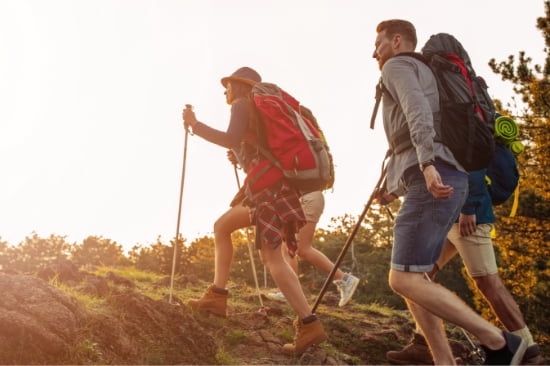
March-April:
In March, the sun starts to warm comfortably and spring is clearly on its way. In March-April, the temperature usually rises above 20 degrees during the day and the nights are not as cool as in winter. More and more people are coming across the streets in summer clothes. People are starting to go to the beaches to sunbathe and play, but there aren’t many swimmers yet, because the sea is warming up slowly.
In the spring months, the weather is ideal for hiking on the nearby mountain trails, for example. There are many interesting routes in the vicinity of Torrevieja, which you can explore on your own or e.g. on excursions organized by the Finnish Society of the Costa Blanca. The scenery from the top is amazing, although the nature and vegetation are quite barren due to the low rainfall and resulting drought.
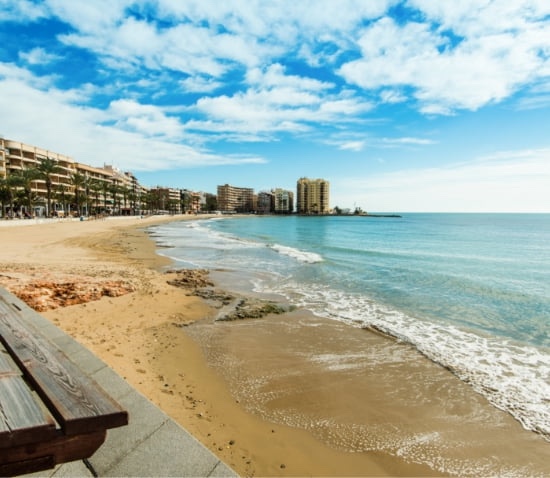
May-June:
In early summer, the temperatures already rise to hot readings and the city of Torrevieja and its surrounding areas begin to fill with happy tourist buzz and an international atmosphere. The warmed sea attracts more and more people to the sandy beaches to swim and children play in water games near the shoreline. There are plenty of sunbathers on the sandy beaches, but it is still much easier to find your own place in the sun than in the hottest months of July and August.
Some of the Finns who live permanently on the Costa Blanca spend the summer months in Finland, and for example the activities of the local Suomi club during the summer are very quiet. Similarly, summer vacationers and especially families with children arrive from Finland to enjoy the sure sun and warmth. The early summer months are ideal times to travel to the Costa Blanca! In addition to the beaches, it’s nice to spend time in, for example, the pool area. Even those pool areas that have been closed during the colder season will be open from the beginning of June at the latest.
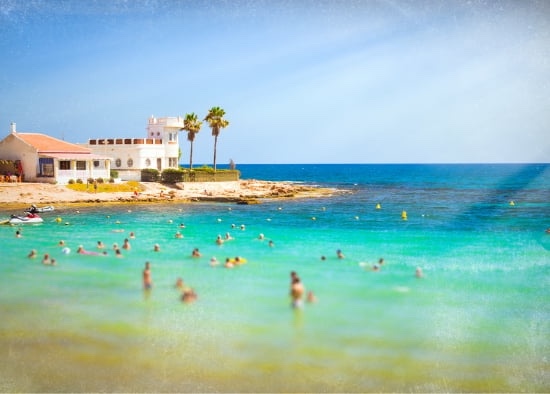
July-August:
July and especially August are the hottest tourist seasons in the Torrevieja area. The sun often shines from a cloudless sky day after day, and temperatures easily rise above 30 degrees. The city is full of vacationers who come to spend their summer holidays by the sea. In addition to Central and Northern European tourists, a large number of people from mainland Spain, e.g. the Madrid region, arrive in the Torrevieja region. The beaches are packed in July-August, as is the entire city with its restaurants and bars. Finding a parking space might be a big job, at least in the center of Torrevieja.
As is the local custom, it makes sense to spend the hottest part of the day taking a siesta indoors. Working air conditioning is more than necessary in apartments, especially if the apartment’s balcony or terrace faces south.
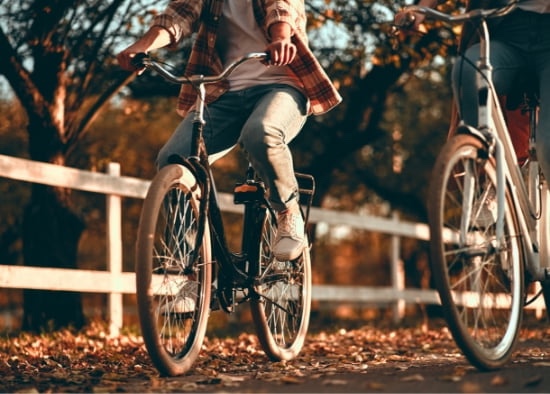
September-October:
In September, temperatures have already dropped somewhat from the hottest summer months, and there are fewer and fewer hot days. Often in these early autumn months, the weather is comparable to Finnish summer at its best. In addition to sun worshippers, there are also many swimmers on the beaches, because the sea water is pleasantly warm well into autumn. Thus, the early autumn months are also an ideal time to travel to the Costa Blanca to enjoy the sun and warm swimming waters! The rush hour of the hottest tourist season is over when the summer vacationers have returned to their hometowns.
Many Finns who spent their summer in Finland, who otherwise live on the Costa Blanca, return to the warmth of Spain in September-October. The activities of the local Suomi club are lively again and various hobby circles are starting up again.
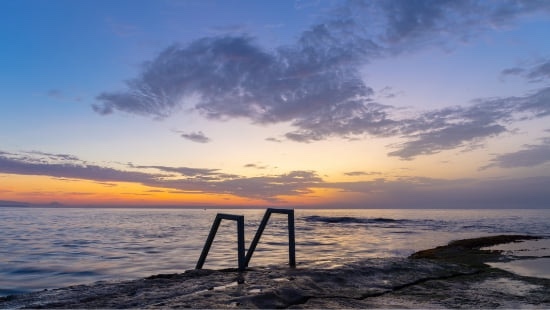
November-December:
Temperatures continue to drop and daytime temperatures are most typically between 15 and 20 degrees. The evenings get dark quite early. When going out in the evening, you should wear a warm jacket that protects against the wind, even though you can wear light clothing during the day.
In the apartments, it’s time to turn on the heating and put woolen socks into use. In many apartments, the floors are tiles, which feels cool underfoot compared to e.g. parquet. Now you start to appreciate the fact that the sun hits the apartment’s balcony or terrace and comfortably warms the interior as well.








